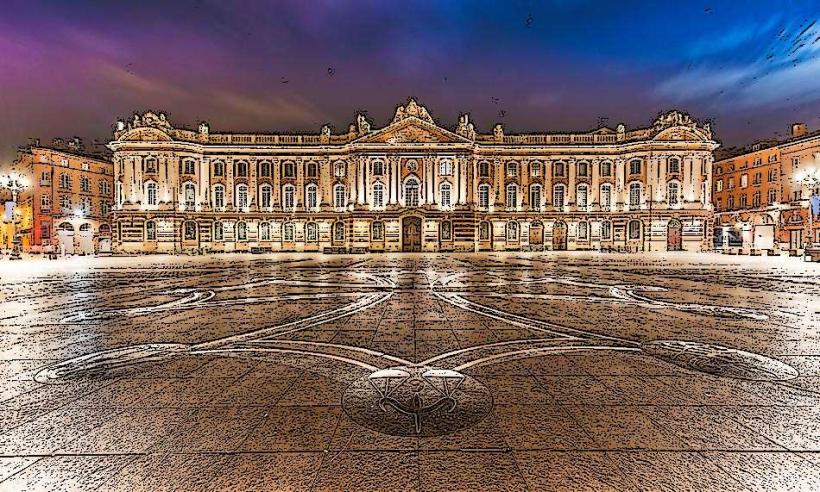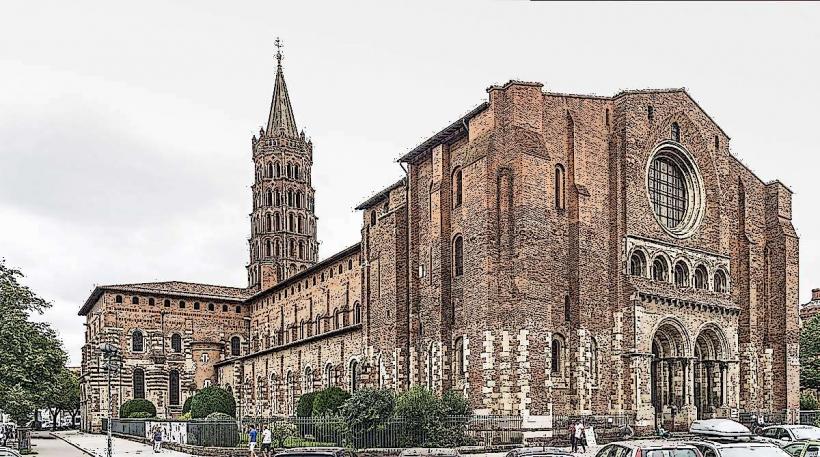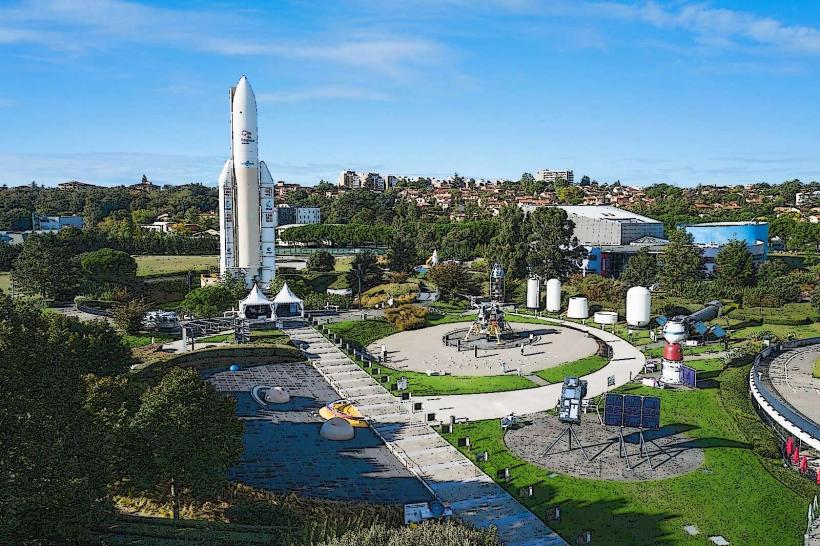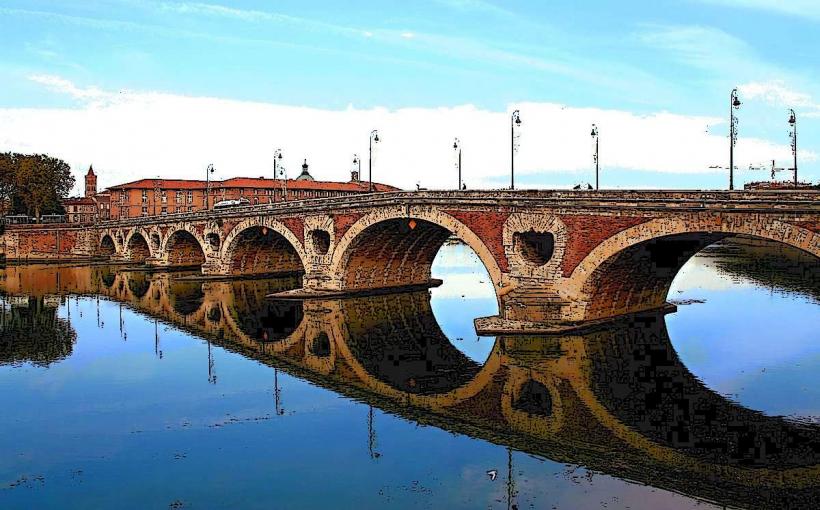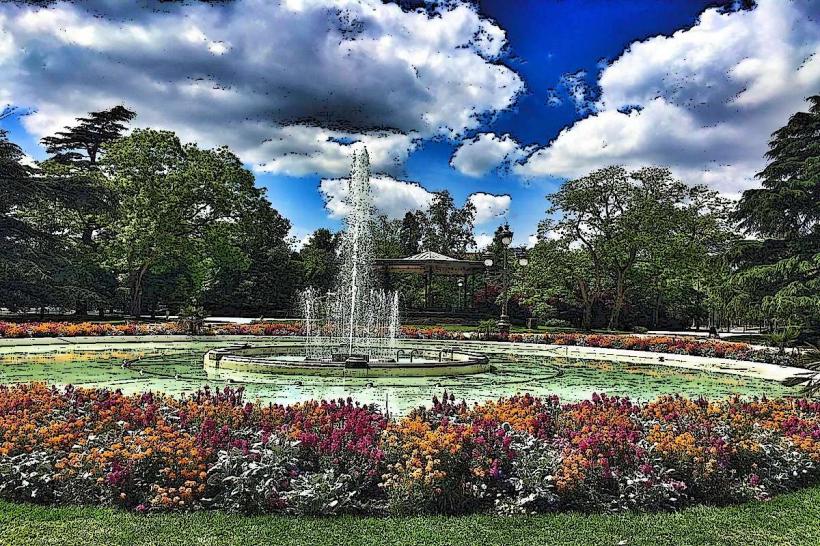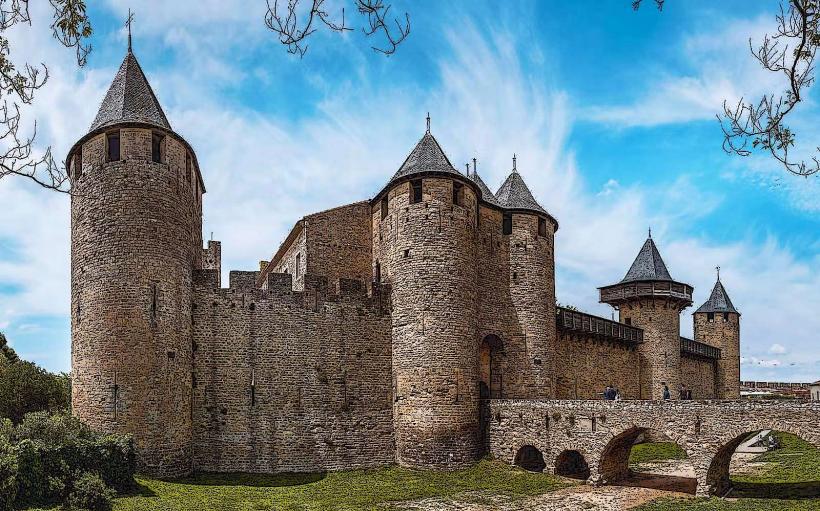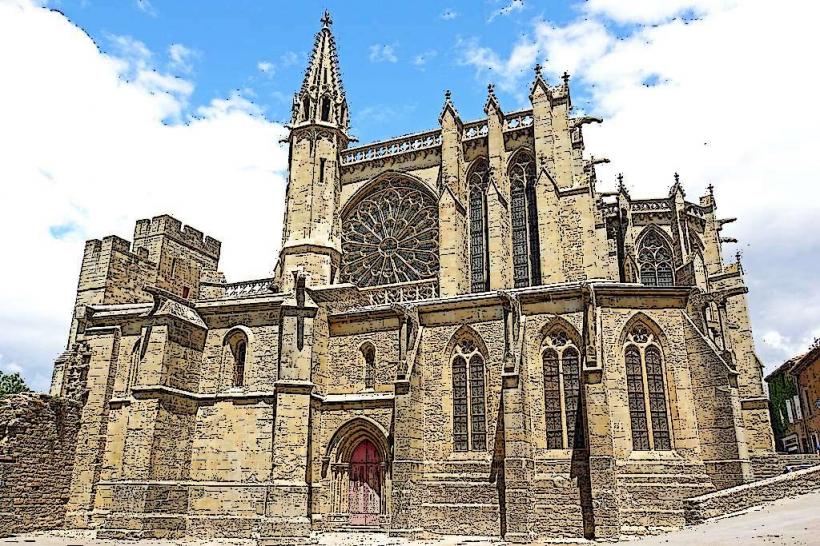Information
Landmark: Musee des AugustinsCity: Toulouse
Country: France
Continent: Europe
The Musée des Augustins is an important art museum located in Toulouse, France. It is housed in a stunning former Augustinian convent, which provides a beautiful setting for the collection of artwork, particularly from the Middle Ages to the early 20th century. The museum is one of the key cultural landmarks of Toulouse and offers visitors a comprehensive look at the region's artistic and religious history.
1. Overview
Location: The museum is located in the heart of Toulouse, in the Hôpital Saint-Jacques, a former Augustinian convent dating back to the 13th century. The address is 21 Rue de Metz, 31000 Toulouse, France.
Foundation: The Musée des Augustins was founded in 1795, during the French Revolution, when religious buildings were repurposed for secular uses. The Augustinian monks who originally occupied the convent were displaced, and the building was converted into a public museum. Over the years, the museum has grown and developed its collection, becoming a major art institution in southern France.
2. Architecture and Setting
The Musée des Augustins occupies a large and historic building that includes both the former convent and a beautiful cloister. The architecture is a combination of Gothic and Renaissance styles, offering a glimpse into the artistic history of the region.
Cloister and Courtyards: The cloister is one of the museum's standout features, with its peaceful atmosphere and detailed stone carvings. Visitors can wander through the tranquil courtyards and experience the harmonious blend of architecture and art.
The main gallery spaces are located in former monastic rooms, and many of the exhibits are displayed in the church section of the building, with vaulted ceilings and expansive walls that lend a grandeur to the collection.
3. Collections
The museum's collection spans several centuries and is organized into different thematic sections, including sculptures, paintings, and decorative arts. Here’s an overview of the main types of works in the museum's collection:
Sculpture
- The museum is renowned for its sculptural collection, which features works from the Middle Ages through the Renaissance to the 19th century. Many of the sculptures are displayed in the museum’s cloister or in dedicated halls.
- The museum houses works by notable French sculptors, including pieces from Gothic and Renaissance periods, such as religious sculptures and altarpieces.
Paintings
The paintings collection focuses on works from the 14th century to the early 20th century, with significant works by French artists and regional painters.
Among the most significant parts of the collection is a collection of medieval and Renaissance paintings that reflect the religious and political life of the time.
The 19th-century section includes a variety of Impressionist and Post-Impressionist pieces, reflecting the cultural evolution of France during that era.
Key Artists: The museum features works by Eugène Delacroix, Gustave Courbet, and Félix Vallotton, among others.
Decorative Arts
- The decorative arts collection includes ceramics, furniture, and metalwork, mostly from the 18th and 19th centuries. These items reflect the stylistic tastes of the French elite, particularly during the Louis XVI and Louis XV periods.
Religious Art
- Given the museum’s former monastic setting, the Musée des Augustins also showcases a variety of religious art from the Middle Ages, including illuminated manuscripts, altarpieces, and religious icons.
- Many of these works were created for churches and monasteries in the region and provide insight into the religious life of the time.
4. Notable Works
- The Annunciation by Jean-Pierre Delaistre is one of the key paintings in the museum, showcasing the artist’s mastery of light and shadow.
- The Baptism of Christ, by Léonard Limosin, is a beautiful example of Renaissance painting that has been restored to its original glory.
- The museum also features an Impressionist painting section, which includes works by Toulouse-Lautrec and other artists who were influenced by the artistic movements of Paris in the late 19th century.
5. Educational and Cultural Activities
- The museum offers a range of temporary exhibitions, workshops, and educational programs for both adults and children. These programs help to foster an appreciation for art, history, and the rich cultural heritage of Toulouse.
- Guided tours are available, where experts provide detailed explanations of the museum’s collection and its significance to the history of Toulouse and the broader region.
6. Visitor Experience
Opening Hours: The museum is typically open every day except for Mondays and certain holidays. It is advisable to check the museum’s official website for the most up-to-date hours.
Admission: There is an entrance fee, though it is free for EU residents under the age of 26. Discounts may apply for other categories, such as students or groups.
Facilities: The museum features gift shops, where visitors can purchase art-themed books, souvenirs, and posters. There is also a café for those looking to relax after exploring the museum’s collections.
Accessibility: The museum is generally accessible, with elevators available for visitors with limited mobility. The museum is wheelchair-friendly, and there are also resources for those with visual or hearing impairments.
7. Fun Facts
- The museum’s location was originally the site of an Augustinian monastery, which dates back to the 13th century. The Augustinian order was known for its dedication to charity, and the monks often provided medical care and education to the poor in the region.
- The building’s history as a monastery adds to its charm and provides a unique atmosphere, blending the artistic collection with the echoes of its former monastic life.
Conclusion
The Musée des Augustins is one of the finest museums in Toulouse, offering a blend of artistic traditions, historical insights, and architectural beauty. It is an essential stop for anyone interested in French art history or those looking to discover the rich cultural heritage of southern France. With its varied collections, beautiful setting, and educational offerings, the museum remains a central part of the city's cultural identity.

